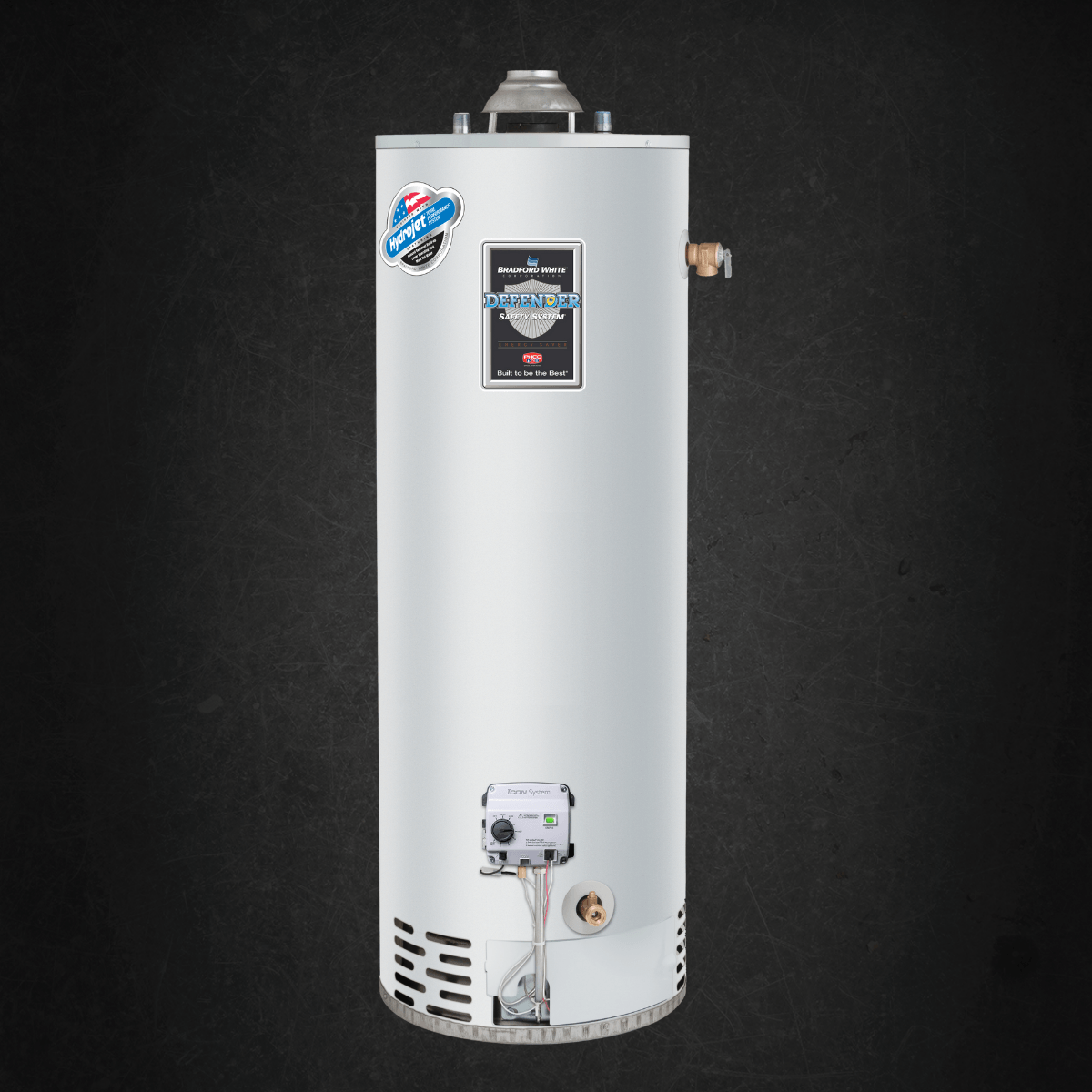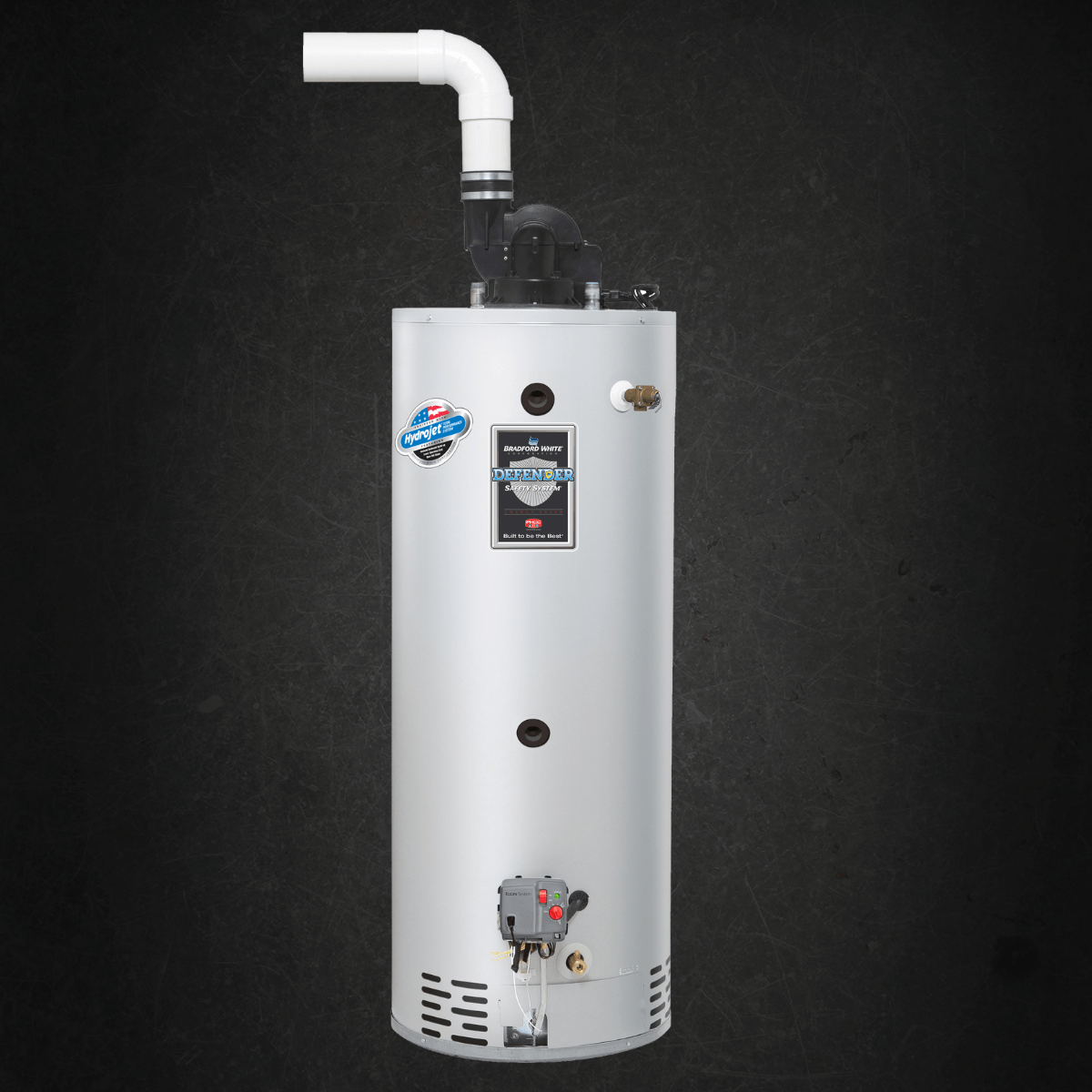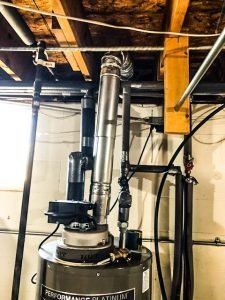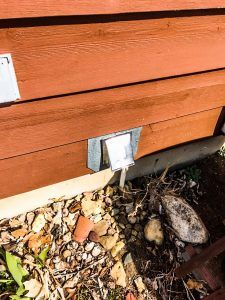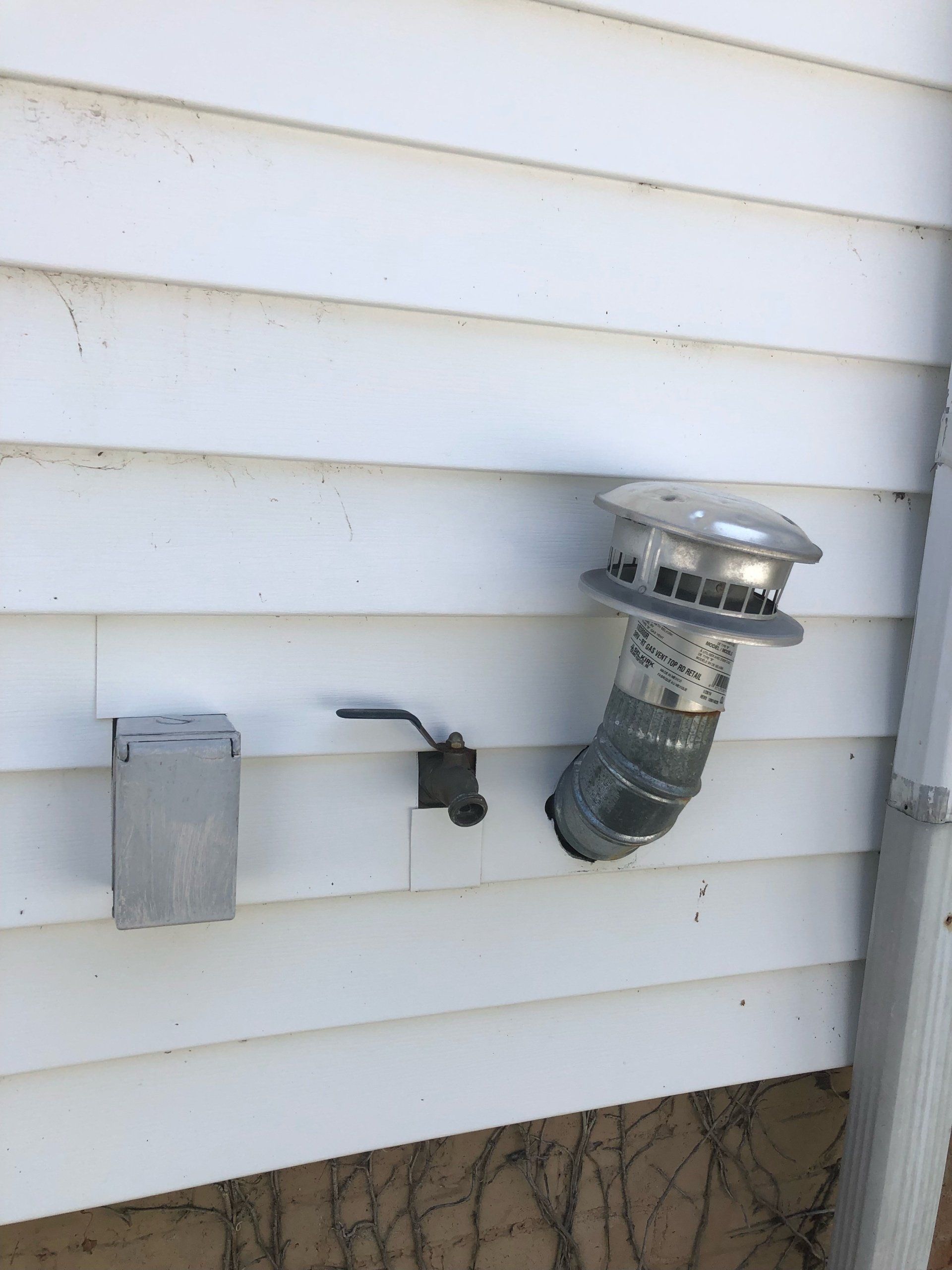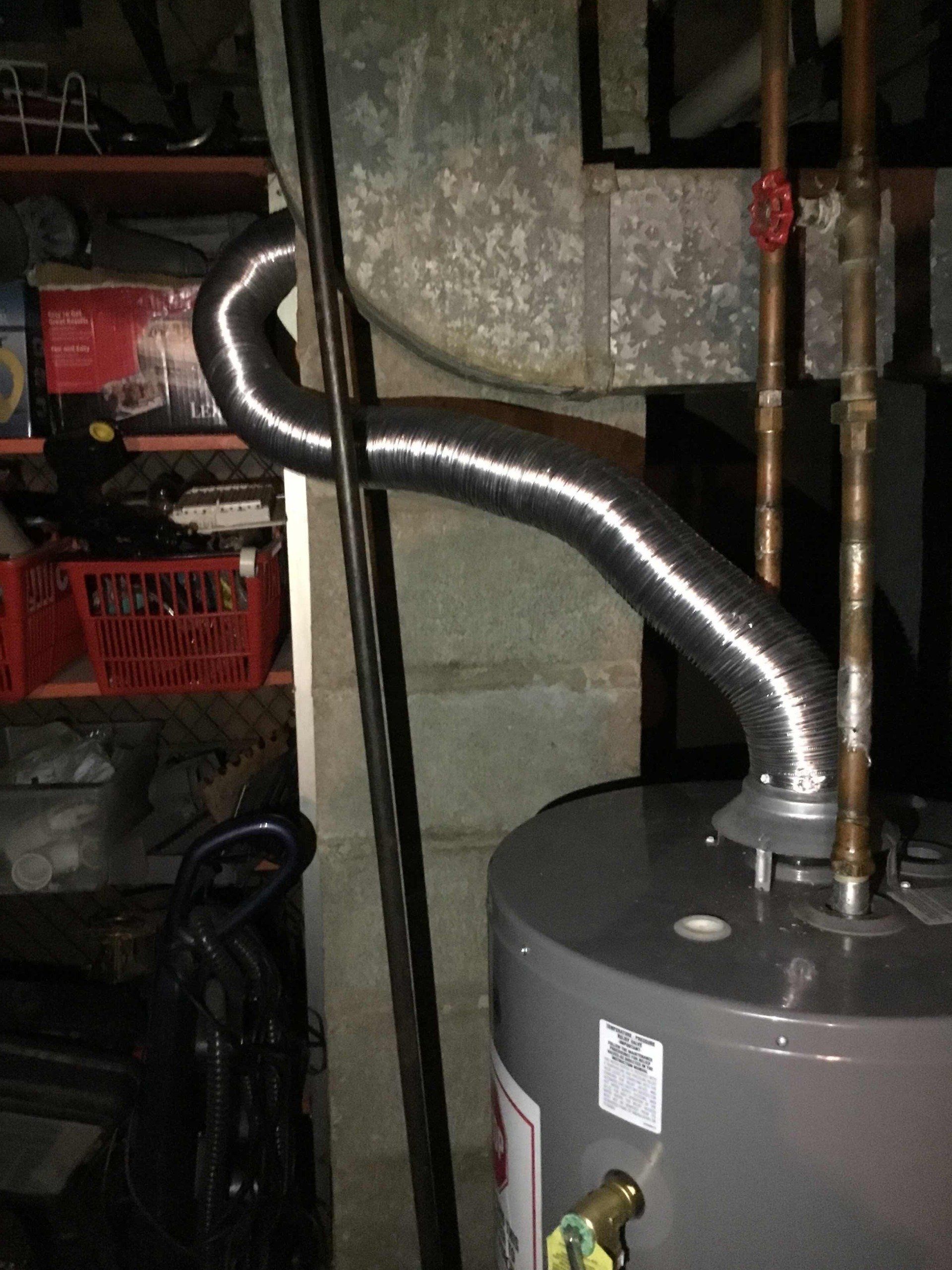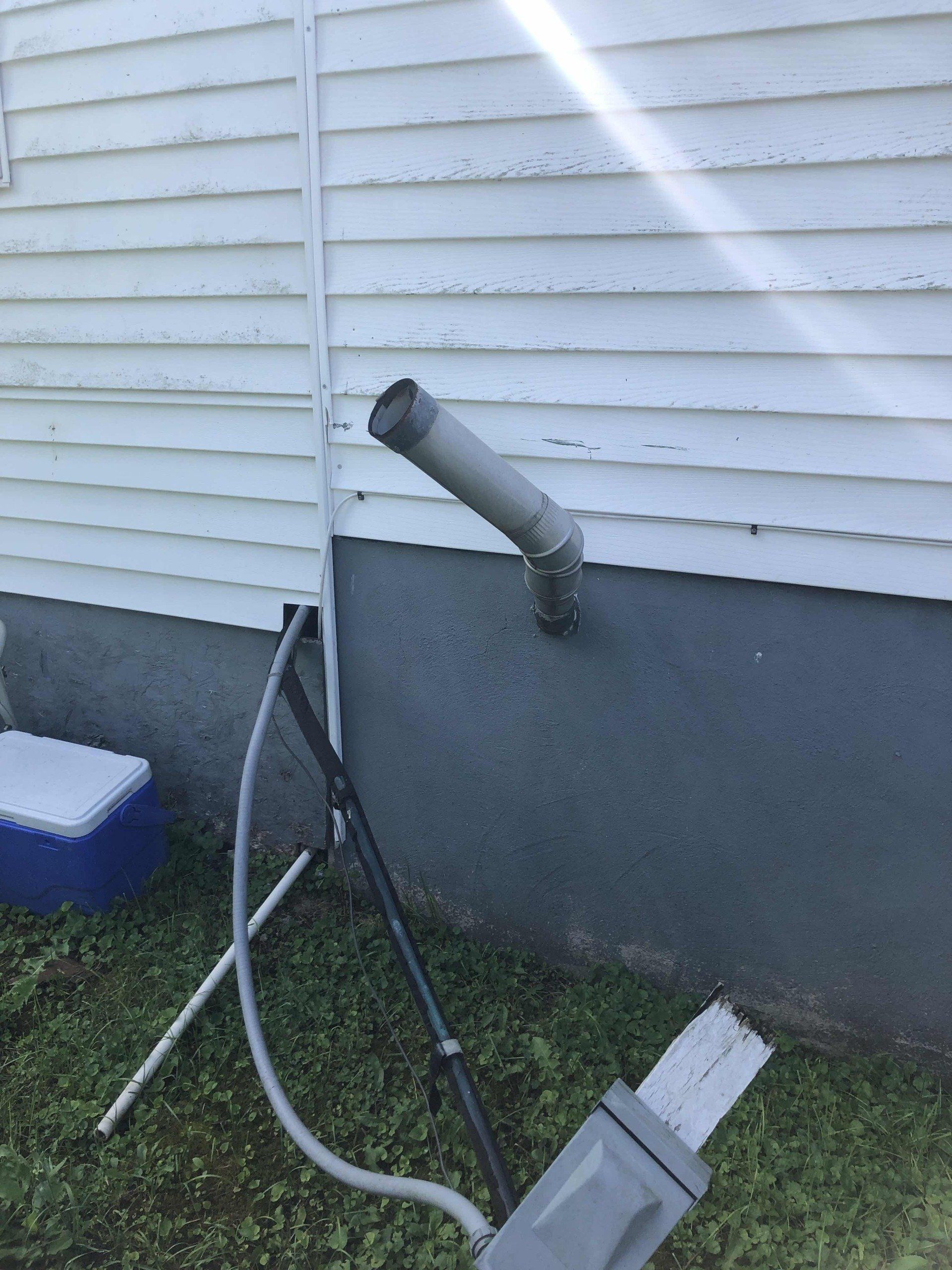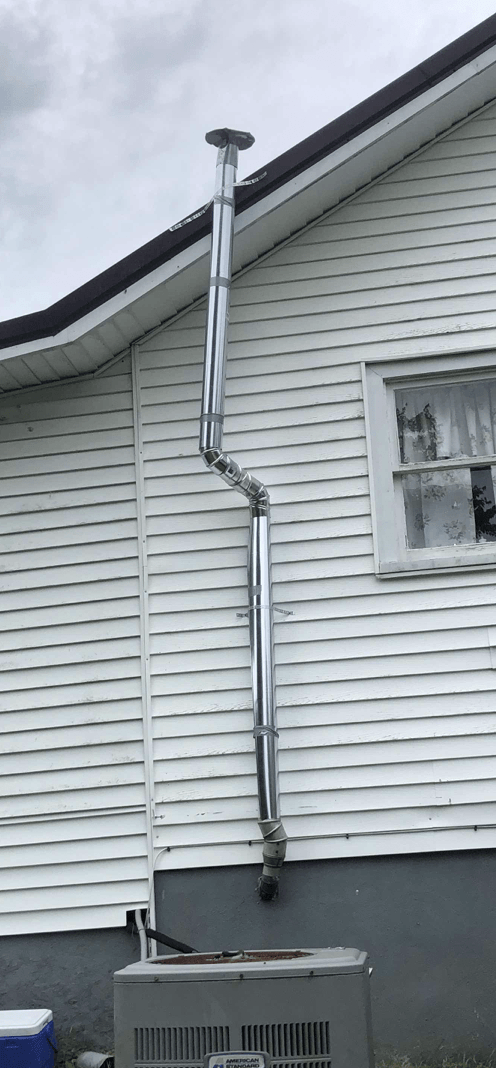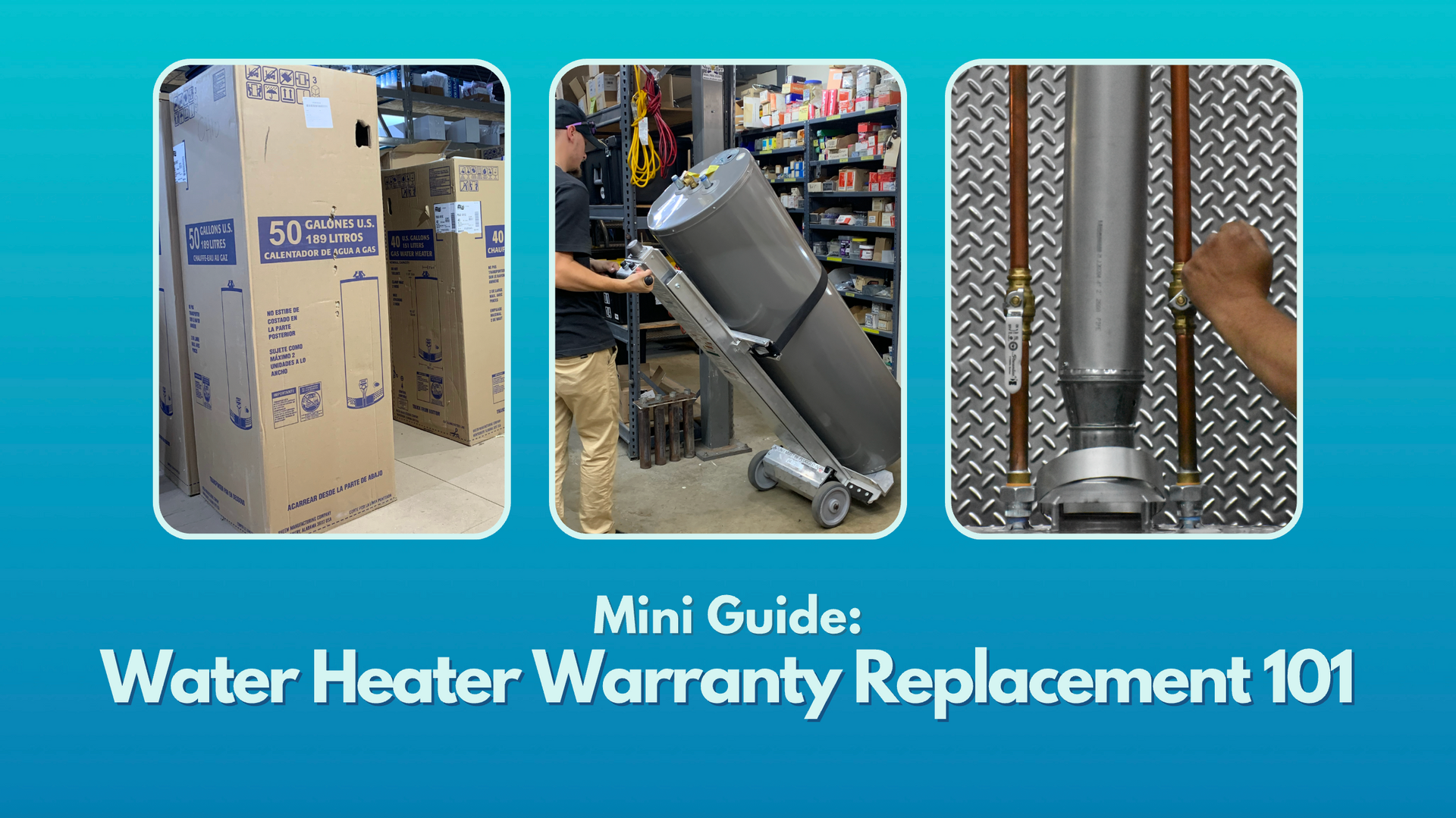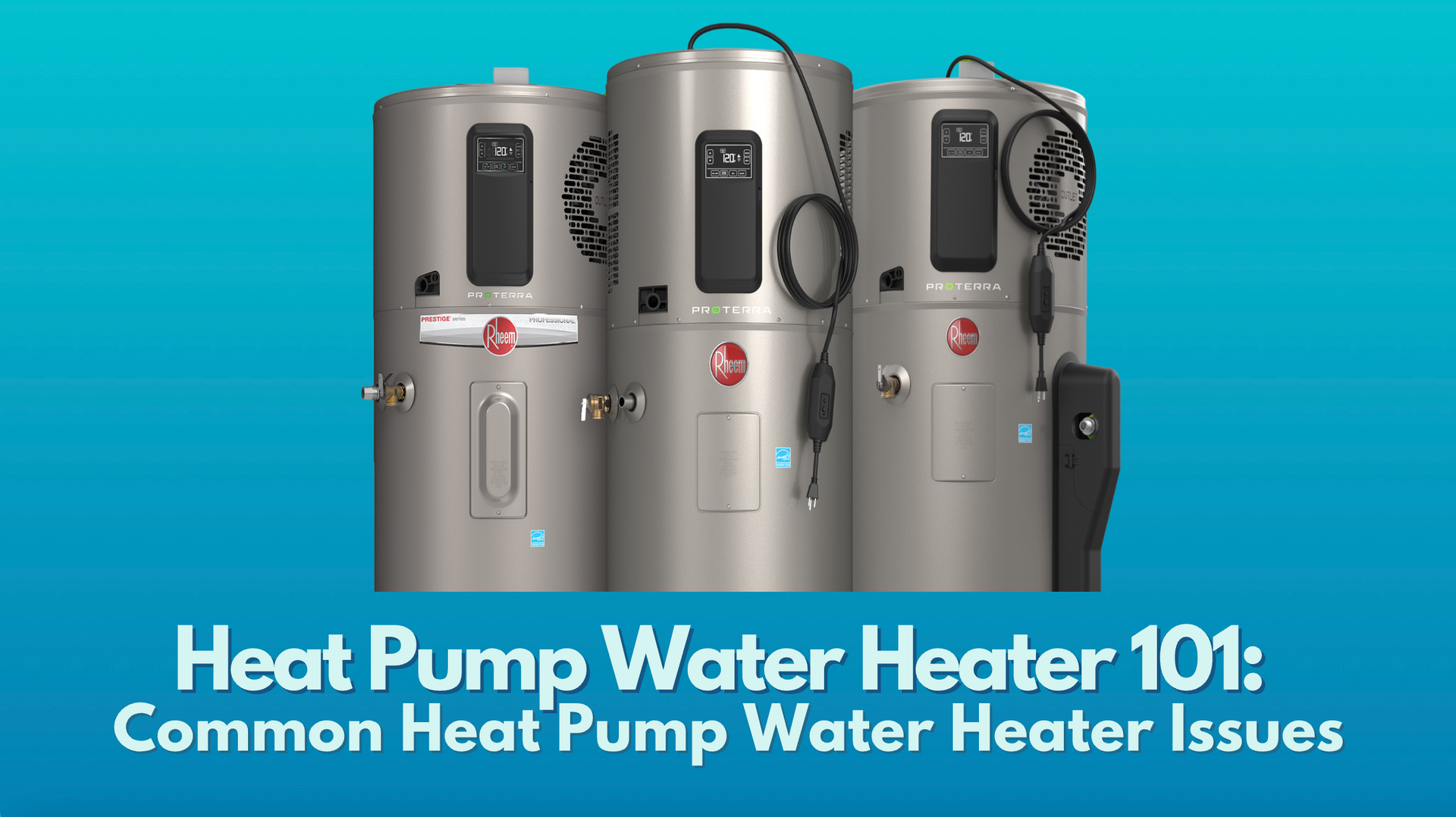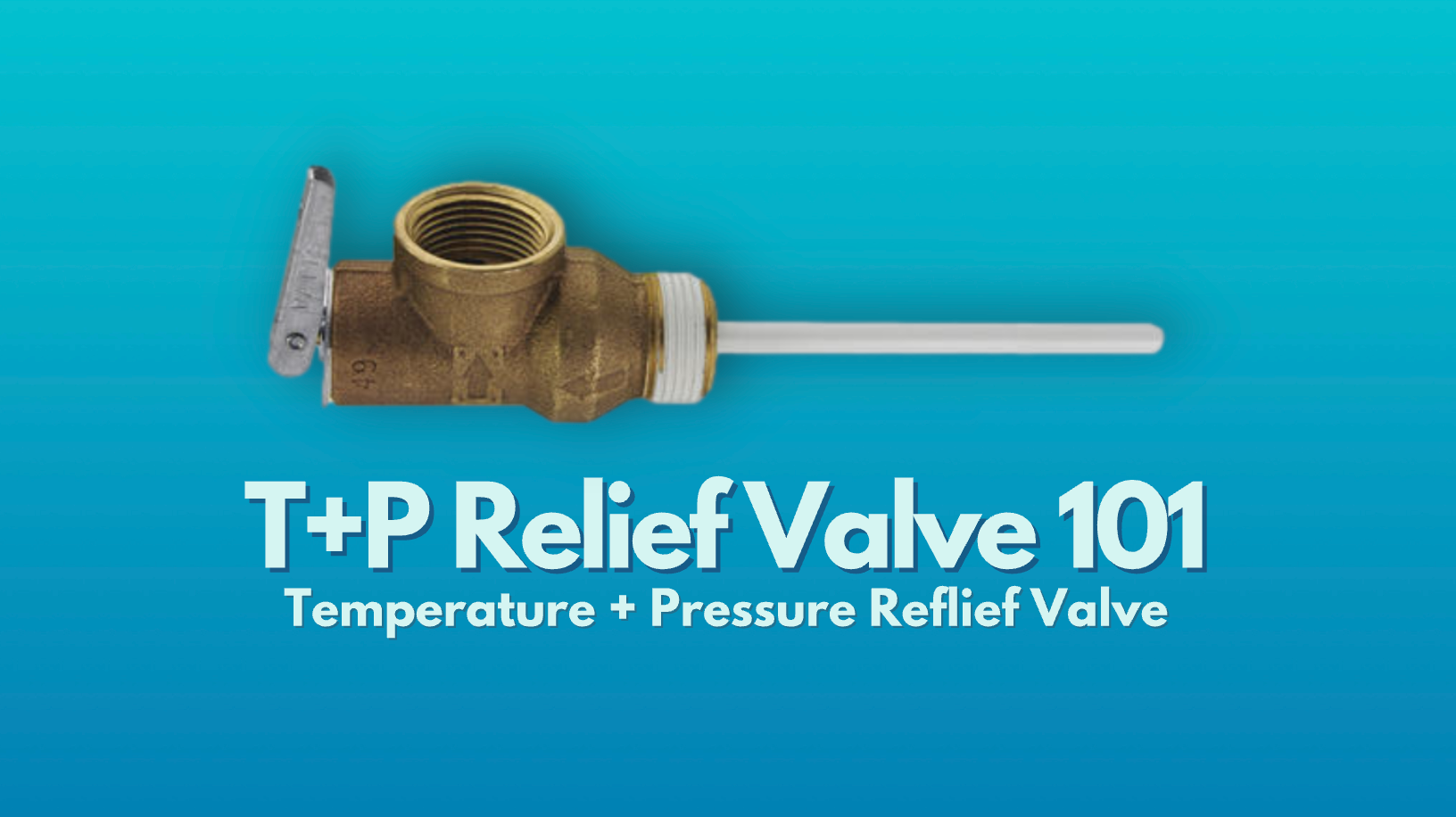Venting 101 | Water Heater Venting Fails: Common Install Issues - Part I
Article Last Updated: July 1, 2022
A Sudden Surge of Installation Issues...
Back in 2019, Senior Technician, Jack, was dispatched to Morris, Illinois on a Rheem warranty service call. Upon arriving on site, he inspected the unit and its installation. He was surprised to find that the Standard Atmospheric unit was vented through a wall with a dryer vent used for termination. A simple diagnose and repair call turned into the discovery of a potentially life threatening issue because the water heater was not properly vented. We're going to explain some of the most common water heater industry jargon and how it can play a role into at-home safety.
What is a Standard Atmospheric Unit?
A Standard Atmospheric (pictured left) unit is the most common type of water heater. This means that the unit is built to terminate the gases that are created as a result of the unit heating the water. Since warm air rises, natural convection pulls the air up and out of the site via the venting; there is typically a vent hood, a small metal object mounted to the top of the unit to assist in funneling the exhaust gases. A Power Vent unit (pictured right), on the other hand, is typically considered more versatile; since this type of unit uses a blower (fan) to propel the byproduct gases out of the unit, they do not need to be directed to a duct vent like their Standard Atmospheric counterparts. Instead, they can be
vented through walls. You can easily determine whether you have a power vent unit by looking at the top of the unit. Blowers are typically black or silver and connected to PVC piping, located in place of galvanized steel venting that you see on a Standard Atmospheric unit.
Water Heater Venting | When Improper Installation Can Be Life Threatening
Background + Context of Our Service Call | Jack spoke with the homeowner who had recently paid a plumbing company to replace his old water heater from a Standard Atmospheric Unit to a Power Vent Unit. Upon seeing the installed unit, he thought it was odd that the unit did not have a blower, as he was told that he would be receiving a Power Vent Unit. When our technician, Jack, arrived on site, he informed the homeowner that he did not have a Power Vent Unit and that the venting was improperly installed. After inspecting the venting on the inside (shown on the right) and outside (shown below on the left, note the unusual PVC pipe that blocks part of the vent), Jack called Rheem tech support to notify the manufacturer of the unit’s issues. He provided the homeowner with options for repair, but the homeowner wanted to speak to the installers first. As a result, Jack tagged and locked out the unit as it is not safe to operate.
Now, you may be asking: Aren’t you a repair service? Why did the technician leave without restoring hot water?
Here’s Why | In very rare situations (like this one), a customer was marketed an installation by another company or plumber, but received service that was not up to par with the manufacturer’s installation manual. In this case, our tech explained the issues to the very surprised homeowner and offered a solution, but the homeowner wanted to address these issues with the plumber who had installed the unit prior to taking further action. As a result, Jack had to tag and block the unit because the venting installation may have been enabling carbon monoxide to gather inside of the home. Since the venting was not installed with the proper materials or system, rather than expelling the byproduct gases, it was likely retaining them. This situation is so dangerous that the unit had to be shut down to prevent the carbon from possibly
infiltrating the customer’s home.
Carbon Monoxide is odorless and colorless; it hospitalizes over 4,000 Americans annually and is estimated to be responsible for the deaths of 400 Americans annually.
Thus, when hiring a water heater installer, be sure to choose a factory certified company! We understand that hiring a friend who is a plumber may be more economically friendly for you and your family, but it can also place your family in danger! We asked Jack if he had any advice for homeowners and he said: “Use reputable companies and verify that they are reputable. Don’t just go for the cheapest guy because they will cost [you] more in the long run.”
You can determine whether the company you are hiring is certified and reputable by checking the manufacturer’s website or by calling their technical support line. U.S. Water Heating Solutions is proudly start-up certified by: A.O. Smith, Bradford White, PVI, Rheem, and Rinnai!




